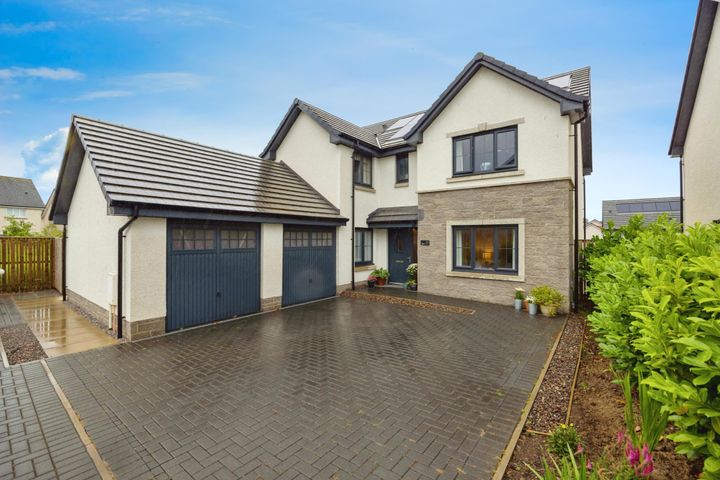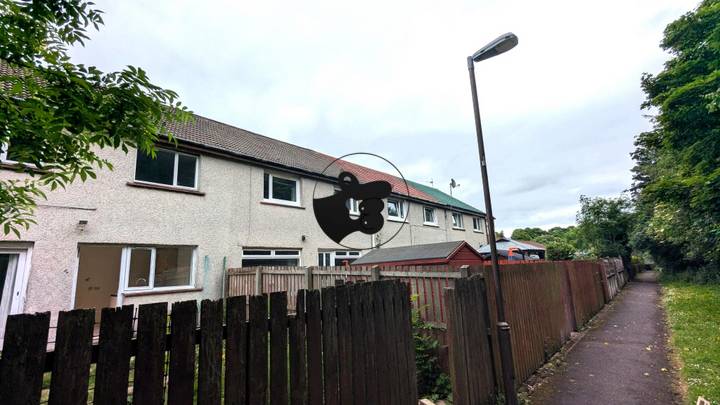Real estate prices in Livingston are influenced by several key factors. One major element is location; properties situated near amenities such as shops, schools, and transportation links typically command higher prices. For instance, homes near the Livingston Designer Outlet tend to be more expensive due to the retail attraction. The overall economic conditions of the region also play a significant role; fluctuations in employment rates and income levels directly affect buyer affordability and demand. Additionally, local infrastructure developments, such as improvements in roads or public transport connections, can boost property values as they enhance accessibility. Another aspect is the type and condition of the property itself; newer builds or well-maintained older homes are generally valued higher than properties needing significant repairs. Finally, the balance between supply and demand in the local housing market greatly influences prices; a shortage of available homes can drive up costs, while an oversupply may lead to decreases in value.
Livingston
Location
Price Range
Any price
Price Range
Minimum
No min
Maximum
No max
Property type
Show all
Property type
Show all
House
Apartment
Building
Other
Bedrooms
Any beds
Bedrooms
Minimum
No min
Maximum
No max
Surface Range
Any surface
Surface Range
Minimum
No min
Maximum
No max
Sale type
For sale
Sale type
Show all
To rent
For sale
Location
Apartments and houses for sale in Livingston
4 results
Recent
Livingston insights
| Aspect | Summary |
|---|---|
| Population | Around 37,000 residents |
| Average Property Price | £300,000 |
| Rental Yield | 5.5% |
| Average Rent | £1,200 per month |
| Occupancy Rate | 95% |
| Capital Growth Rate | 3% annually |
| Property Tax | Approx. £1,200 annually |
| Transaction Costs | 3-4% of property price |
| Expected ROI | 8% to 10% annually |
| Economic Growth Impact | Steady growth, boosted by local development projects |
Livingston FAQ
What factors influence real estate prices in Livingston?
How do property taxes affect home prices in Livingston?
Property taxes play a significant role in shaping home prices in Livingston, influencing both buyers' perceptions and overall market trends. Higher property taxes can deter potential buyers who are sensitive to monthly expenses, leading to a decrease in demand for homes in areas with elevated tax rates. For instance, if a neighborhood experiences a significant increase in property taxes due to local government spending, it can lead to a lowered interest in homes, subsequently driving prices down. Conversely, areas with lower property tax rates often attract buyers seeking affordability, which can inflate home prices due to increased competition. In Livingston, the balance between property taxes, local amenities, and school quality can create distinct market segments, where homes in high-rated school districts may retain higher prices despite elevated taxes, as families might be willing to pay a premium for perceived value. Additionally, fluctuations in tax policies can lead to broader economic impacts, affecting the overall real estate market as potential investors weigh these costs when considering property purchases.
What is the average home price in Livingston?
As of 2023, the average home price in Livingston, Scotland, is approximately £200,000, though this figure can vary widely based on specific locations within the town and the type of property. For instance, a two-bedroom flat in a desirable area may be listed for around £140,000, while a four-bedroom detached home might command prices upwards of £260,000. Newer developments, especially those close to amenities like shopping centers or schools, can drive up prices. Additionally, homes in close proximity to transport links, such as the train station providing services to Edinburgh, tend to have higher values. Overall, the property market in Livingston reflects both its growth as a suburban community and its appeal to families and commuters.
Are real estate prices in Livingston rising or falling?
Real estate prices in Livingston have shown a trend of gradual increase over the past few years. According to recent market data, average house prices in Livingston rose by approximately 7% over the last year, with a notable demand for family homes and properties with outdoor space. For instance, 3-bedroom semi-detached homes, which were typically priced around £170,000 a few years ago, now fetch closer to £180,000 to £190,000 depending on their location within the town. Furthermore, new developments, such as the area around the former McMillan estate, have attracted buyers looking for modern amenities, contributing to the upward pressure on prices. Conversely, some older properties have seen less interest, particularly those that require extensive renovations, which has caused their prices to stabilize or decline slightly. The rental market has also tightened, with increasing rental prices reflecting the ongoing demand for housing in the region, especially among young professionals commuting to nearby cities like Edinburgh.
How does the local economy impact housing prices in Livingston?
The local economy of Livingston significantly influences housing prices, primarily through employment opportunities and infrastructure development. As one of the key towns in West Lothian, Livingston has seen a resurgence in job creation due to the presence of various businesses, including major employers like Amazon and the West Lothian Civic Centre. This influx of jobs attracts individuals and families seeking housing close to their workplaces, thus increasing demand and driving up property prices. Furthermore, improved transportation links, such as the upgrades to the rail network, make Livingston an appealing choice for commuters working in Edinburgh and beyond, further intensifying competition for available homes. As housing supply struggles to keep pace with this higher demand driven by economic growth, both rental rates and property values continue to rise, reflecting the interconnectedness of economic health and housing market dynamics in the area.
What are the trends in commercial real estate prices in Livingston?
In Livingston, commercial real estate prices have shown a notable increase over recent years, reflecting a growing demand for industrial and office spaces. The rise can be attributed to the town's strategic location in Central Scotland, which appeals to logistics and distribution companies. For example, the development of the new business parks, such as the iconic Livingston Designer Outlet area, has attracted retail investments, leading to retail property prices climbing by around 10% since 2020. Office spaces in the area have also seen a revitalization, with average rental prices for Grade A office space rising to £15 per square foot, driven by the influx of tech firms looking to benefit from the availability of skilled labor. Additionally, there’s been a surge in demand for warehouse facilities, with some units reportedly leasing for up to £7.50 per square foot, reflecting heightened interest from e-commerce businesses seeking efficient distribution hubs.
How do school districts influence home prices in Livingston?
School districts in Livingston significantly impact home prices, as families often prioritize access to quality education when choosing where to live. Homes located within highly rated school districts tend to command higher prices due to the perceived value of the education provided. For instance, areas served by Livingston's secondary schools, which consistently achieve good Ofsted ratings, see a premium on property values; families are often willing to pay more to ensure their children attend these schools. Additionally, the proximity to primary schools that have strong performance metrics can also drive demand for homes in their catchment areas, leading to bidding wars among prospective buyers. The importance of schools is further highlighted in real estate listings, where properties are often marketed with emphasis on their school district affiliation, directly linking the quality of education to an increase in home values in Livingston. Furthermore, developments or improvements in a school district, such as new programs or facilities, can lead to a spike in home prices as families seek to capitalize on the enhanced educational landscape.





